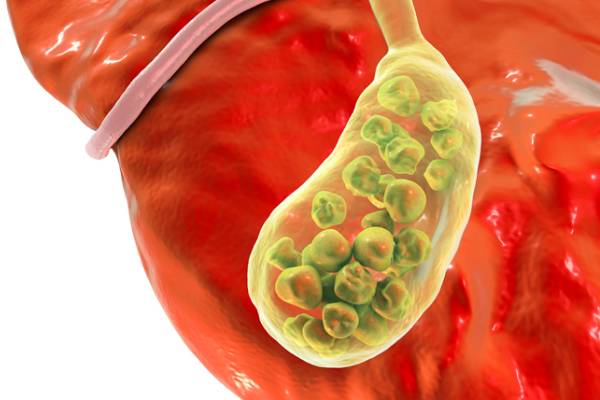Laparoscopic Gallbladder Surgery in Pune
Gallstones are tiny, pebble-like deposits that form in the gallbladder. The gallbladder is a tiny, pear-shaped sack found in the right upper belly, beneath the liver. Gallstones occur when liquid in the gallbladder solidifies into stone-like fragments. Bile is a liquid that aids the body’s digestion of fats. Bile is produced in the liver and stored in the gallbladder until it is required by the body. After eating, the gallbladder contracts and sends the bile into a tube called the common bile duct, which transports it to the small intestine, where it aids digestion.
Gallstones are classified into two types: cholesterol stones and pigment stones. Cholesterol stones are typically yellow-green in color and consist mostly of hardened cholesterol. It accounts for around 80% of gallstones. Pigment stones are tiny, dark bilirubin stones. It could appear as little as a grain of sand or as large as a golf ball. The gallbladder might produce a single massive stone, hundreds of little stones, or a mixture of the two.

